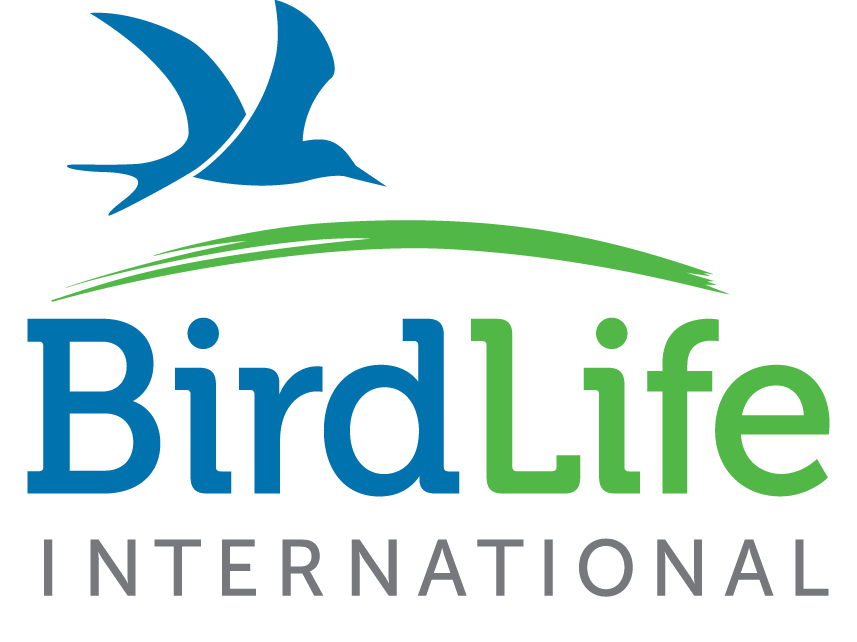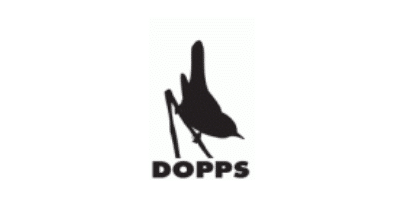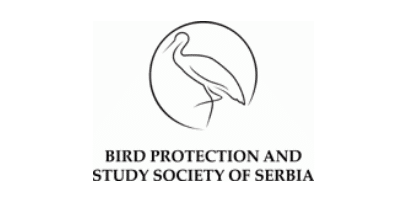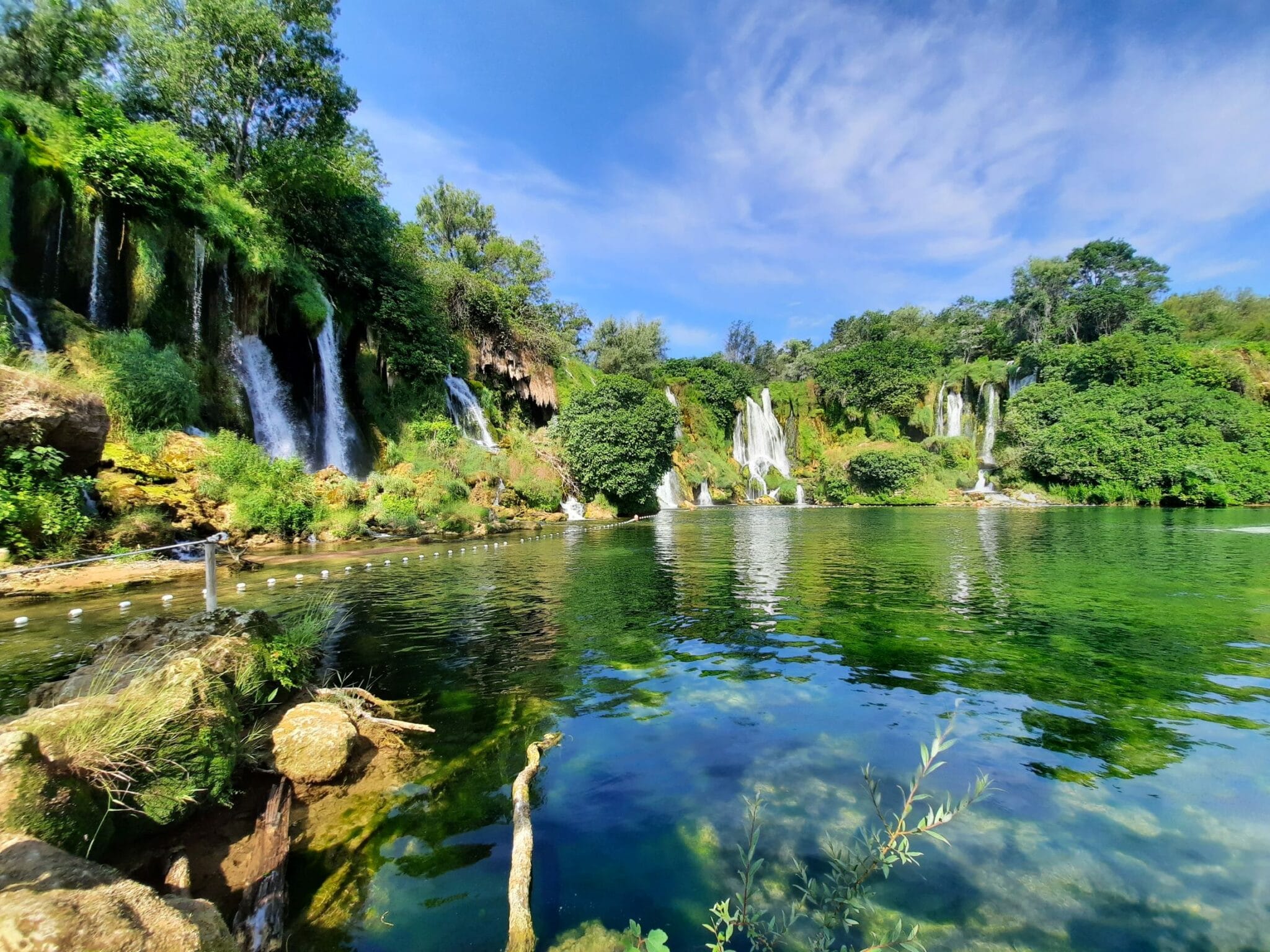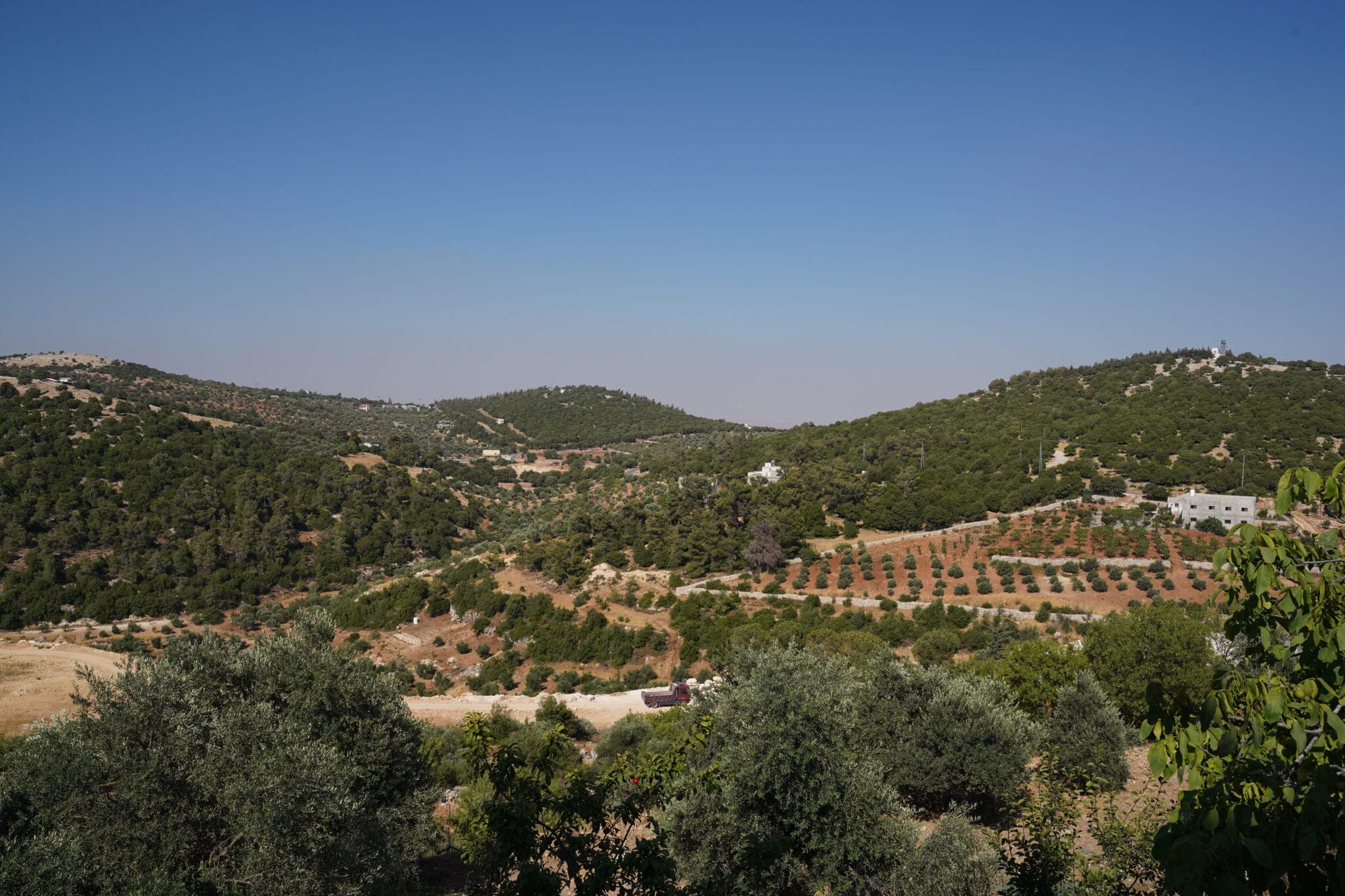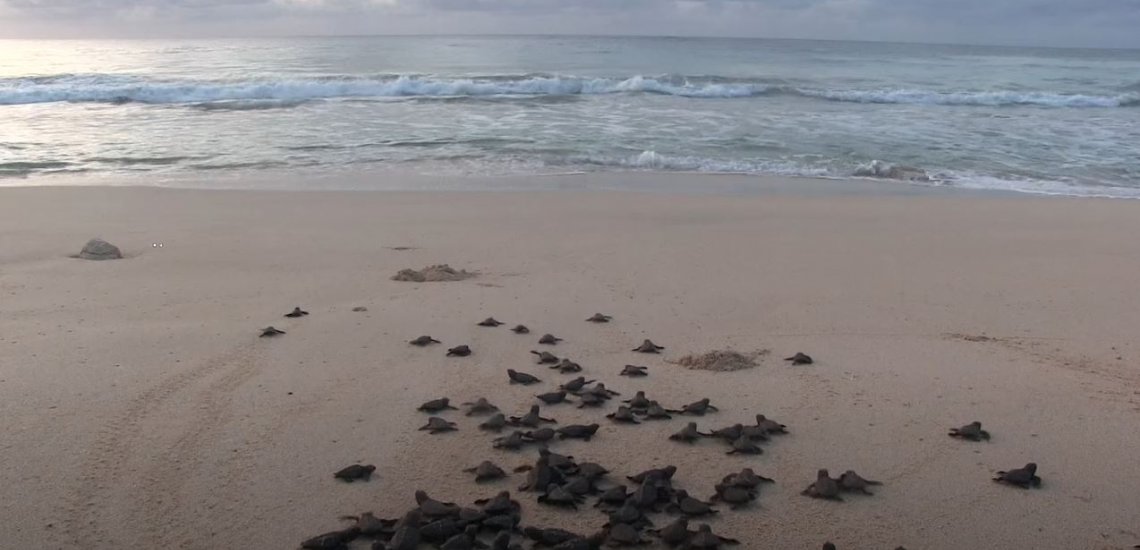Safeguarding Ancient Mariners: The Imperative of Sea Turtle Conservation in the Mediterranean Hotspot
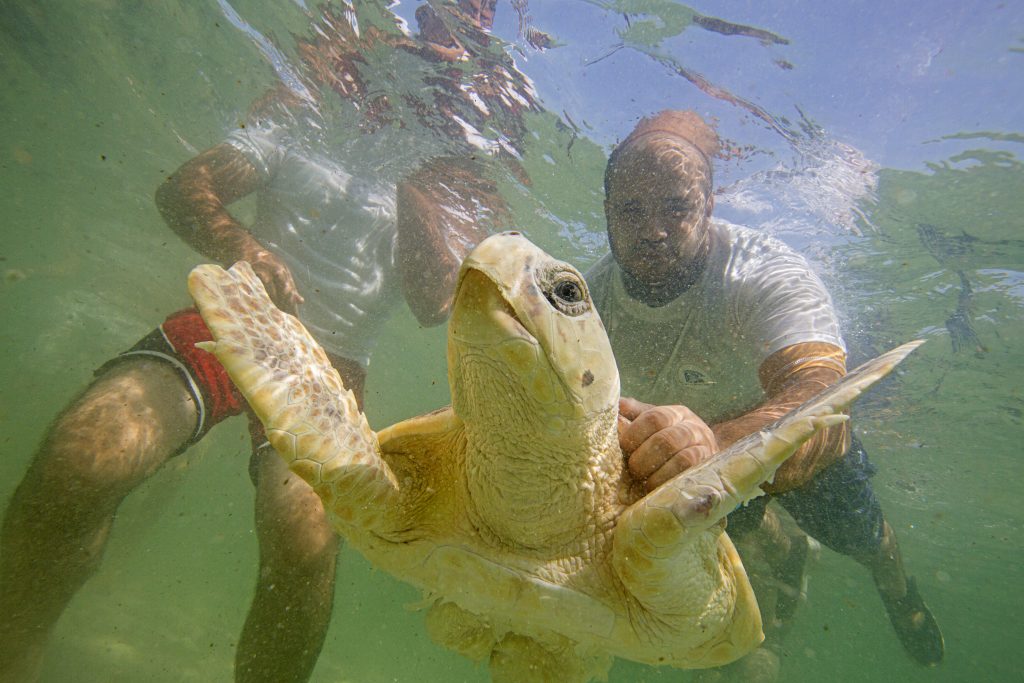
In the azure waters of the Mediterranean Sea, a group of passionate conservation organizations came together with a common goal—to protect and conserve the endangered sea turtles that graced their shores, supported by BirdLife and the Critical Ecosystem Partnership Fund (CEPF).
Photo Credit: Releasing sea turtle into the Mediterranean Sea © Louis Marie Preau
The Mediterranean Hotspot, one of the world’s 36 biodiversity hotspots—biologically rich ecosystems essential to humanity, is home to a myriad of marine species, including the ancient mariners of the ocean – sea turtles. Their presence serves as a vital link in marine ecosystems, playing roles in maintaining balanced food webs and contributing to the health of coral reefs and seagrass beds, making them sensitive to any alterations within the ecosystem.
These graceful creatures have been navigating the seas for millions of years, surviving various epochs and environmental challenges. However, in recent times, especially the Vulnerable Loggerhead Turtle (Caretta caretta) and the Endangered Green Turtle (Chelonia mydas) face an unprecedented threat – human activities, including overfishing and bycatch, and environmental degradation, including coastal development and climate change. The need for comprehensive sea turtle conservation in the Mediterranean has never been more urgent.
The migratory journey of sea turtles in the Mediterranean and their sensitivity to any alterations within the ecosystem as well as their longevity allows for monitoring that can reveal changes over extended periods. The conservation of sea turtles is not only about protecting specific nesting sites but also preserving the interconnected web of habitats and migration corridors that sustain them.
BirdLife and CEPF believe that by understanding and addressing the challenges sea turtles face, we can contribute to their long-term survival and thriving in the Mediterranean. Therefore, CEPF included actions in favour of sea turtles since they started implementing their program in the Mediterranean Basin Hotspot in 2012. After ten years of work in Cabo Verde, CEPF in collaboration with various conservation donors supported NGOS members of the TAOLA network, a unique collaboration focused on sea turtle conservation in Cabo Verde, especially the Vulnerable Loggerhead Turtle that nests on Cabo Verdean beaches.
Their hard work over a decade paid off when Cabo Verde became one of the three first-world nesting sites for loggerhead turtles – with more than 200,000 nests per season in the last years. With only one in a thousand turtle hatchlings known to mature to adulthood, Cabo Verdean conservation NGOs adopted new effective patrolling and scientific monitoring technologies to improve nesting success, giving hatchlings the best possible chance of making it to the ocean.
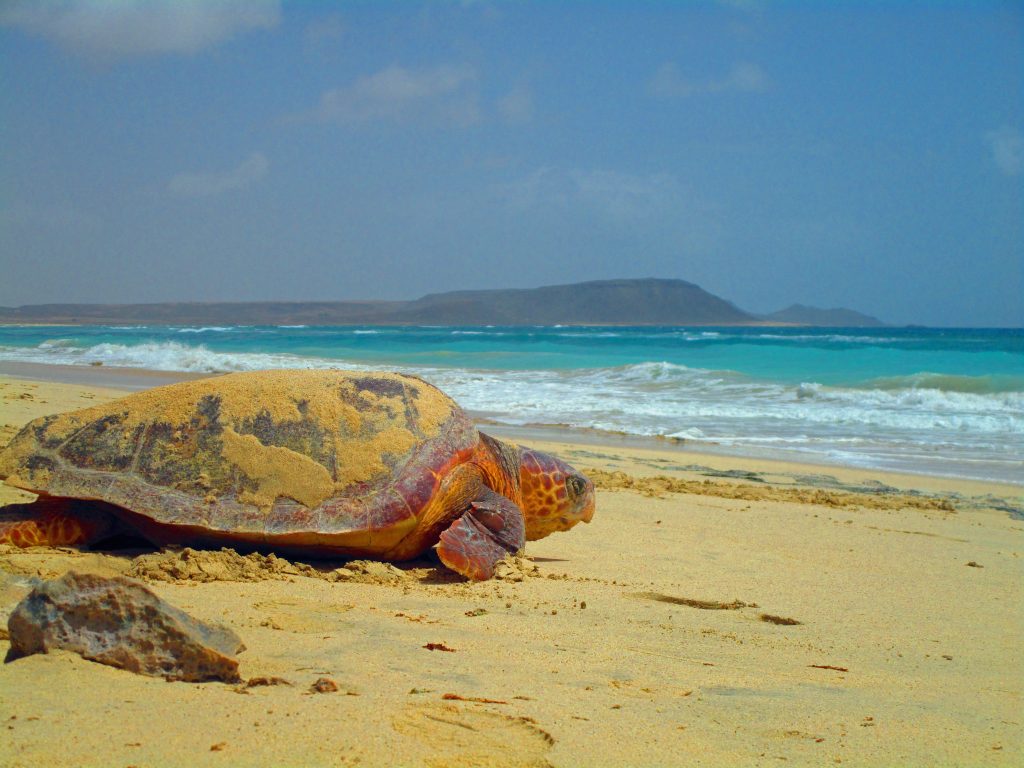
In another part of the hotspot, the fruitful collaboration of NGOs inspired conservation NGOs in North Africa to seek funds from CEPF (through BirdLife – the Regional Implementation Team for the Mediterranean Hotspot of the CEPF) to establish NASTNet – A Network to Boost Sea Turtle Conservation in North Africa (Algeria, Egypt, Libya, Morocco, and Tunisia), which has recently become an officially recognized network under the Tunisian law as a Tunisian NGO in 2023.
“We are proud that the first network that gathers experts and NGOs was from North Africa. Thanks to the CEPF support,”
says Wassim Amdrous, Community Manager & Marine Project Officer for WWF Tunisie.
In 2022, NASTNet participated in the first African congress on sea turtles in Benin to share knowledge and learn from other sea turtle conservation networks’ experiences, such as WASTCON and RASTOMA, regarding data collection, protocols, agreements, and sea turtle monitoring technologies. The congress helped build a strong relationship among these networks as they keep updating each other about their activities.
NASTNet has facilitated the standardization of monitoring protocols for marine turtle conservation across the five countries. Establishing standardized protocols is crucial for effectively analyzing gathered data, aiding in informed decision-making for conservation actions along the North African coastlines, and updating the status of these threatened species. This consistency enables reliable comparison of results across countries, essential for sharing accurate data with the IUCN Red List.
“One hand will not clap,” says Mehdi Aissi, Marine Program Manager for WWF Tunisie. “Without the cooperation between all the sea turtle conservation networks and stakeholders in the five countries, we could not achieve anything.”
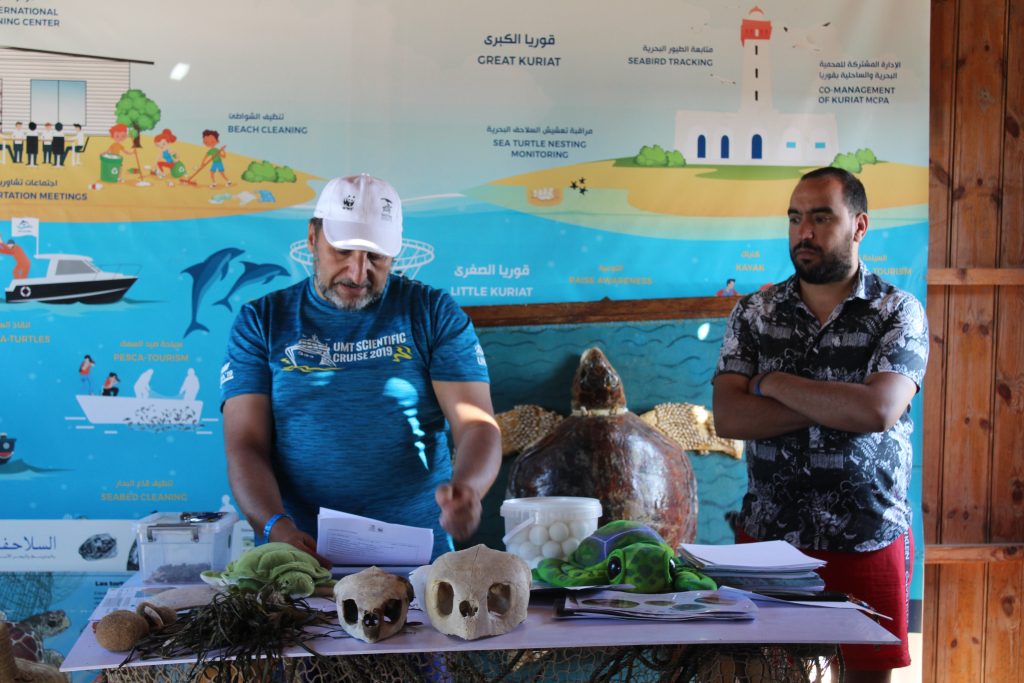
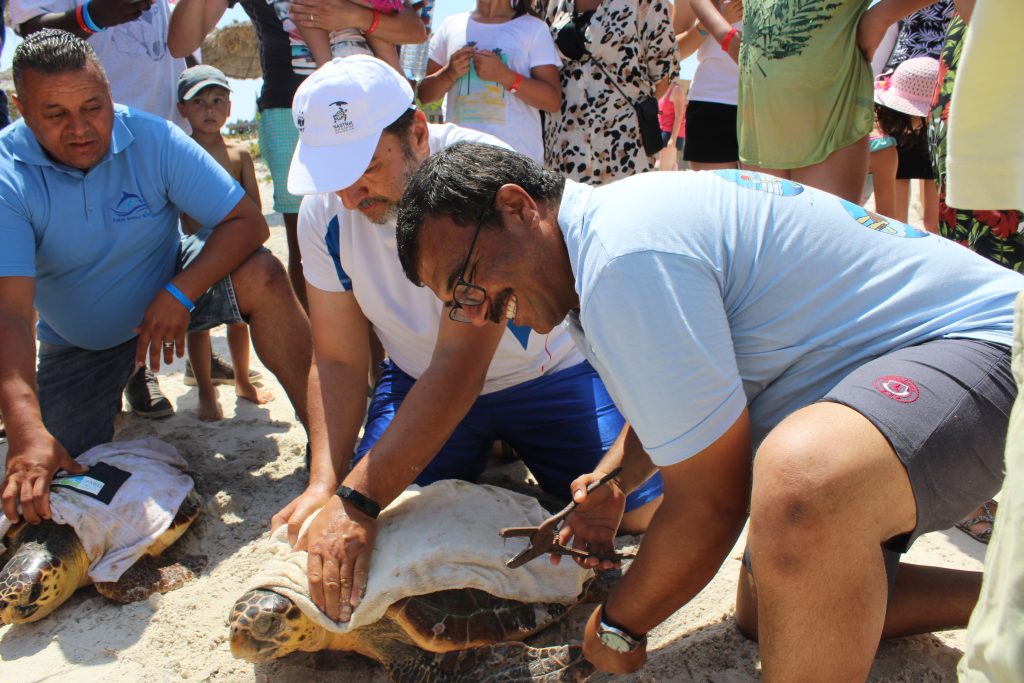
Moreover, involving CSOs in sea turtle monitoring in Tunisia and Libya had a remarkable contribution in preparing management plans and reinforcing the conservation of marine protected areas in those countries.
Thanks to the collective long-term conservation efforts of all conservation NGOs around the Mediterranean Sea, the loggerhead turtle is being downlisted from “Vulnerable” to “Least Concern” under the IUCN Red List criteria. This is a conservation success worth celebrating, but downlisting one species does not mean “saving” all sea turtles. By implementing sustainable practices, raising awareness, preserving critical habitats, and strengthening collaboration among donors and NGOs with CEPF’s leadership, we can secure a future where sea turtles continue to grace the Mediterranean seas for generations to come.
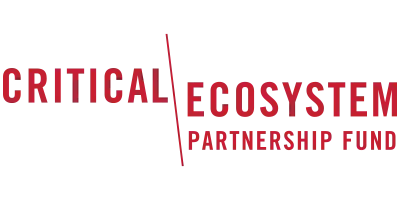
*The Critical Ecosystem Partnership Fund (CEPF) is a joint initiative of l’Agence Française de Développement, Conservation International, the European Union, the Global Environment Facility, the Government of Japan, and the World Bank. Additional funding has been provided by the MAVA Foundation, the Audemars-Watkins Foundation, and the Donors’ Initiative for Mediterranean Freshwater Ecosystems (DIMFE). A fundamental goal is to ensure civil society is engaged in biodiversity conservation.
CEPF is more than just a funding provider. A dedicated Regional Implementation Team (RIT) (expert officers on the ground) guide funding to the most important areas and to even the smallest of organisations; building civil society capacities, improving conservation outcomes, strengthening networks and sharing best practices. In the Mediterranean Basin Biodiversity Hotspot, the RIT is entrusted to BirdLife International and its Partners: DOPPS (BirdLife Slovenia) and BPSSS (BirdLife Serbia). Find out more at www.birdlife.org/cepf-me
